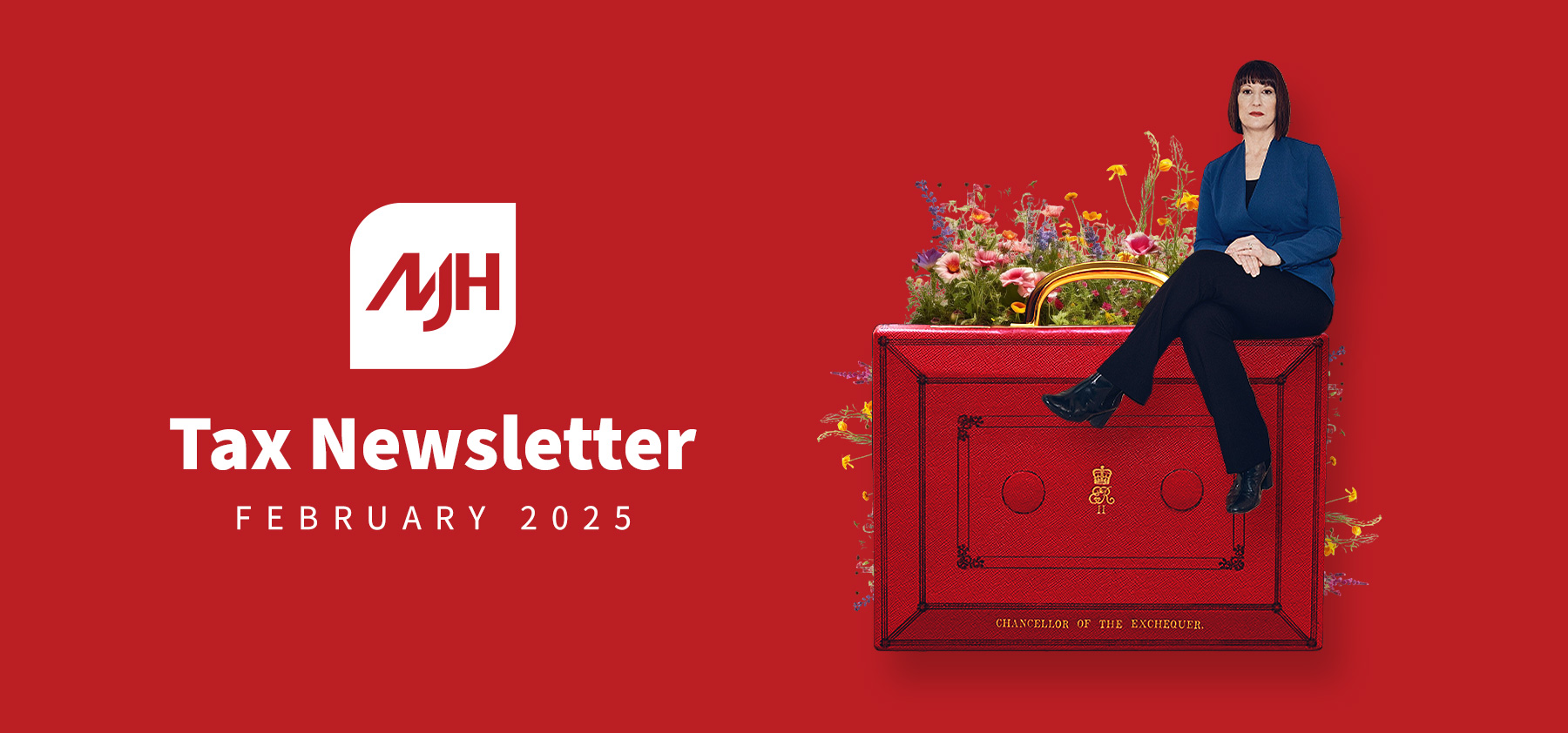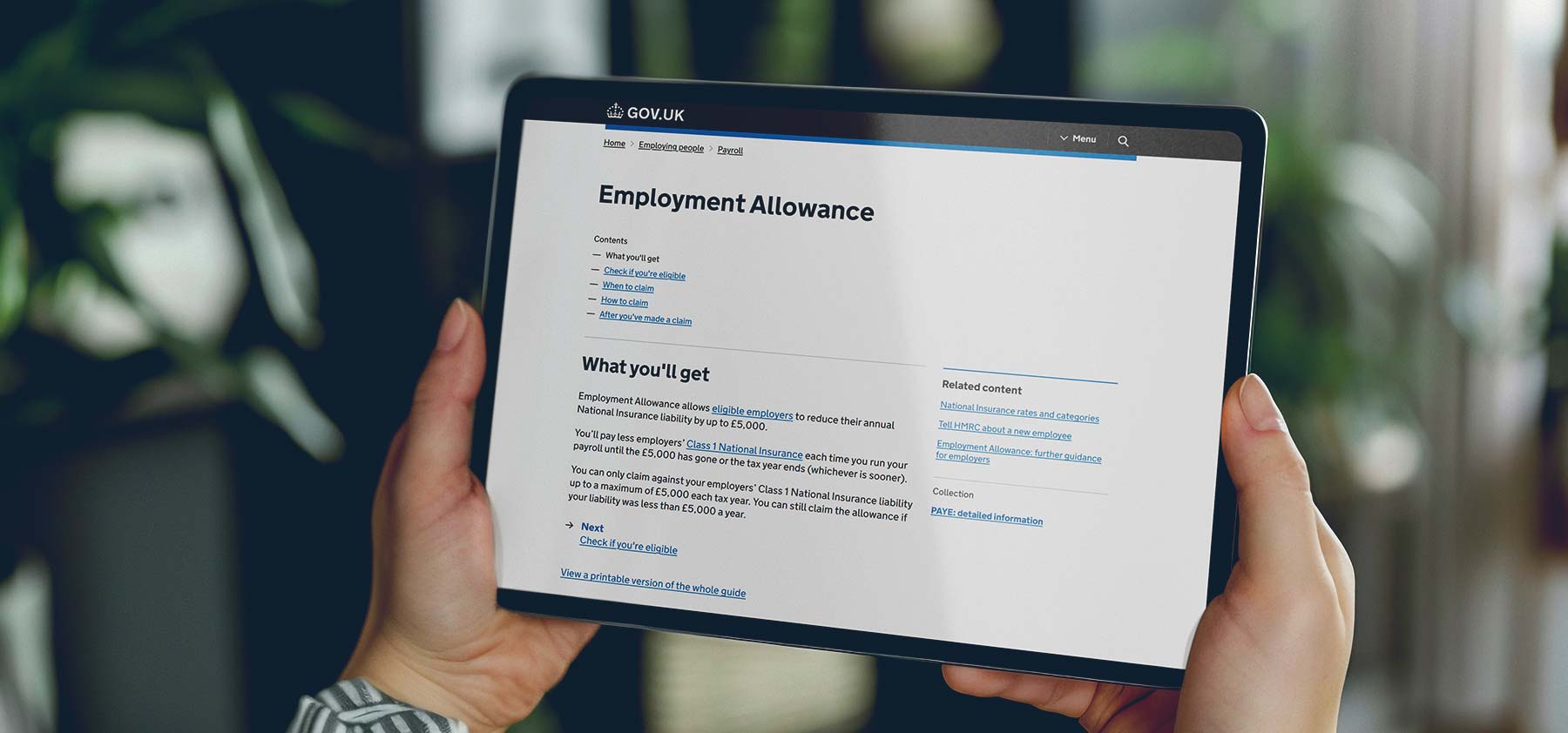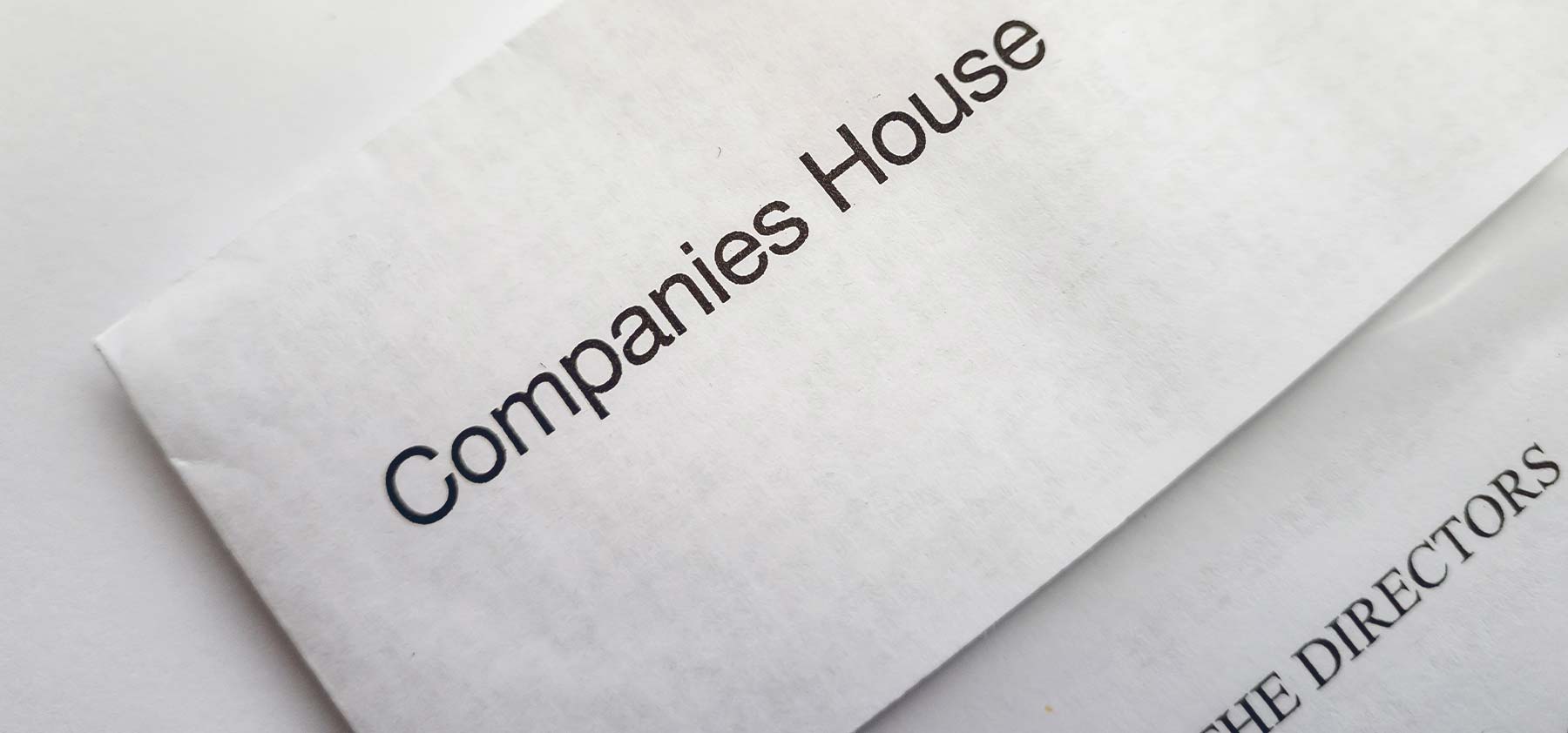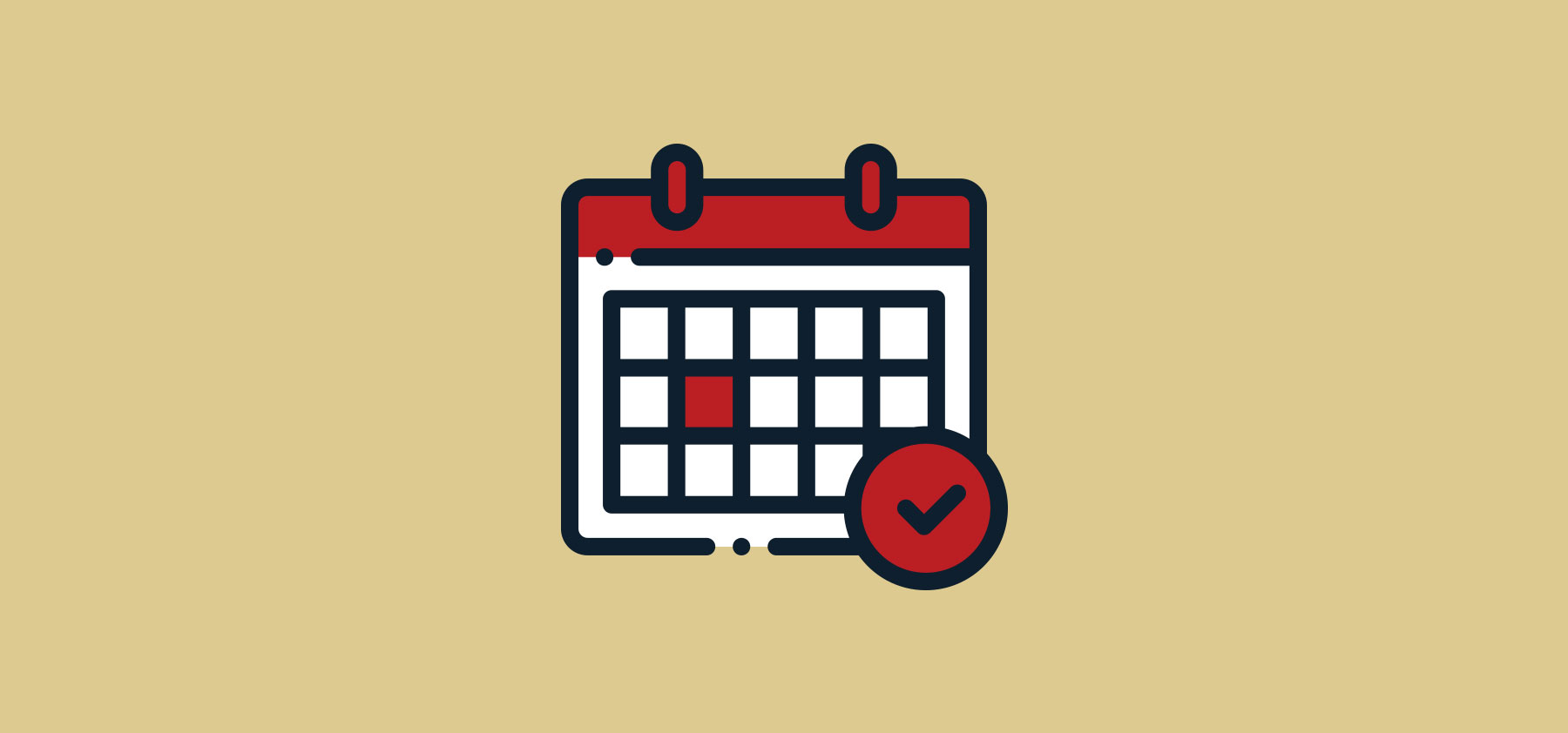
Spring Statement announced: more tax changes to come?

The debates and arguments over the merits or otherwise of some of the tax changes from the Budget have barely settled down, even two months after it happened.
The rise in employers’ National Insurance (NI) and the alterations to the Inheritance Tax rules for agricultural properties have been particularly contentious.
Many of the changes announced by Chancellor of the Exchequer, Rachel Reeves, are not set to take effect until the new tax year beginning on 6 April. Could some of those be axed or changed further?
We now know that there will be a ‘Spring forecast’ – normally called a Spring Statement – that will take place on Wednesday 26 March. That’s been confirmed by Ms Reeves. Will there be even further changes to the tax system in this announcement?
Typically, it’s not unusual to see tax changes in a Spring or Autumn Statement – which is usually speaking much less significant than the Budget. But there has been growing pressure on the Chancellor, with warnings about the impact of the Employers’ NI rise and very gloomy economic forecasts for the economy as a whole. These circumstances are creating the impression that further tax rises – or cuts to public services – might be unavoidable.
This has led to speculation that the Spring Forecast is actually going to be a ‘mini Budget’. The official line from the Government is that this is not the case and there will only be one major announcement per year with significant tax changes – the Budget.
‘The Chancellor remains committed to one major fiscal event a year to give families and businesses stability and certainty on upcoming tax and spending changes and, in turn, to support the government’s growth mission,’ a statement read.
However, talking to Reuters at the end of January, Ms Reeves appeared to suggest she could announce further fiscal changes on 26 March, if needed. But she stressed the importance of not ‘jumping the gun’ with two months to go.
Ben Zaranko, Associate Director of the Institute of Fiscal Studies, wrote that there are several options – with some not comprising any additional tax tinkering. But one might be ‘to break the commitment to hold only one fiscal event per year and use the Spring Statement to announce additional tax rises’, he suggested.
If that were the case, he pondered that ‘given the nature of the fiscal rule, those could be ‘contingent’ tax rises announced for 2028–29, with no change for now and the option of not implementing them if conditions improve.’
‘If higher interest rates wipe out the so called ‘headroom’, something will have to give,’ he added.
Rising borrowing costs and the potential for interest rates to increase once more are among the concerns leading to analysts suggesting further tax tinkering will be necessary in Spring. Some media reports have framed the Government’s stated position as ‘not ruling out’ a ‘mini Budget’.
Indeed, the i Paper reports ‘some City figures are expecting the Chancellor to deliver another statement in spring…setting out fresh cuts or tax measures in response to bond market movement.’
Of course, there’s always reams of speculation around the Treasury’s spending plans but the likelihood is we won’t have a clear picture until much closer to the time. Watch this space.
Millions at risk of fines as Self-Assessment deadline looms

With only days to go until the Self-Assessment Tax Return deadline (at the time of writing), millions of people were still apparently yet to submit theirs and pay up, as warnings were issued over fines for failing to comply.
The number of self-employed due to submit their forms still stood at 3.4 million with one week to go, according to HMRC.
Failure to meet the deadline risks a £100 fine – which can increase depending on how late the final submission is. A daily penalty of £10 kicks in after three months, going up to as much as £900. Then the total of the fine rises higher after 6 months; either another 5% of the tax due or £300 – whichever is bigger. A further penalty of another 5% or £300 charge then applies after twelve months.
However, many people who need to file a return have already done so – about 8.6 million – according to the official figures. That’s nearly 7 in 10. In terms of how people are paying their tax, around 360,000 have done it via the HMRC app since 6 April 2024. That equates to approximately £605 million paid.
For those who are meeting the deadline, officials highlighted an important instruction – always include your bank details as part of the tax return to ensure you can be re-paid quickly and securely if you’re owed a repayment.
Those who provide a ‘reasonable excuse’ for missing the tax return deadline ‘may avoid a penalty,’ HMRC stated, adding that: ‘customers’ reasons for not paying their tax bill or arranging a payment plan by the deadline will be considered individually.’
Whether you’re reading this before 31 January 2025 and still need help with your latest tax return or want help to prepare for the new tax year, please give our team a call.
Employment Allowance: common errors by businesses revealed top

A list of the biggest mistakes and errors made by businesses when claiming Employment Allowance and reporting their Apprenticeship Levy has been revealed.
As part of new guidance to help employers conform with both schemes correctly, HMRC has published a list of the most common errors businesses make to help them avoid these in future.
‘Following these guidelines will help to reduce your risk of making errors, therefore reducing the risk of any penalty charges,’ HMRC stated.
These Guidelines for Compliance are for all employers. The most common errors companies make are as follows:
– failing to recognise they are a company
– not being aware of the ‘connected companies’ rules and/or failing to identify all their connected companies
– not being aware that their group structure has changed
– relying on payroll software or payroll agents to identify connected companies
The recently added guidelines are a ‘practical product for customers to refer to and should be read alongside HMRCs existing guidance,’ officials said, adding: ‘They aim to help employers identify connected entities, enabling them to report their Apprenticeship Levy liability and claim Employment Allowance correctly.’
Check out the new document to see a summarised version of rules for the Apprenticeship Levy and Employment Allowance and find help with specific issues public body customers encounter.
Changes for Companies House address rules

Changes have taken effect regarding Companies House rules on the public register.
As of 27 January, you can apply to hide your residential address from the public register if it’s been used as your company’s registered office address.
‘If your residential address is the company’s current registered office address, you’ll need to change your registered office address before applying,’ Companies House explained on its website. Individuals can apply under section 1088 of the rules.
There is a new form for those wishing to make use of the change. Officially labelled as ‘suppressing your residential address’, it costs £30 for each document. Search for the SR01 form online to access and download a copy.
February Questions and Answers

Q: I’ve started a new business this year selling my hand-made craft items. At this stage it’s only earning me a relatively modest income. Up until now my profits are just £600 but I do have a big order that is set to earn me £3,500 in the next two months. I’m slightly confused about what I should be declaring in a tax return.
A: Starting a new business brings many questions and complexities around tax. Although you haven’t said it for certain, it sounds like you haven’t had to file a Self-Assessment Tax Return before. So, to take you through the essentials, based on the information you have provided, this is what you need to know.
If you are earning less than £1,000 in a tax year from self-employment, you don’t need to submit a tax return and there is no income tax to pay. However, as it sounds like this is a venture you intend to pursue longer term and to grow into a bigger business, you probably will need to eventually. The Self-Assessment deadline that is just elapsing – i.e. January 31, 2025, covered the tax year 2023-24. If you’d made more than £1,000 in profit from self-employment income between April 2023 and April 2024, you’d have needed to declare this to HMRC by the latest deadline. But as you did not, that is not relevant in your case.
It sounds like the £600 you earned came between April 2024 and January 2025. If the money you’re expecting does come in before April 2025, that means all of the earnings – a total of £4,100 – would then need to be declared for the 2024/25 tax year. The deadline for filing your tax return for 2024/25 will be 31 January 2026.
A key detail that you haven’t made clear is how much of the £3,500 you’re expecting will be profit. If your overall profits for the 2024/25 tax year period remain below the £1,000 threshold or ‘trading allowance’, as it’s also known, then you won’t have to declare it to HMRC in January 2026 either.
Of course, it’s very important to understand how to file your tax return correctly to fully comply with the rules and avoid any penalties. It’s also important to completely understand your expenses and other costs that are part of filing the Self-Assessment forms. It’s always wise to consult an accountancy professional, especially when you’re doing it for the first time. Please contact our team if you’d like further information on how we can help.
Q: I recently tied the knot with my long term partner and we’re now in a civil partnership. A friend mentioned that there’s a possible tax relief my partner and I could take advantage of. She is the higher earner, earning £40,000 per year. I earn £11,500. What’s the position? How much relief, if any, can we benefit from?
A: Firstly, congratulations on your good news!
You are correct that you and your partner now qualify for a tax relief called Marriage Allowance. Civil partnerships are also included within this – despite the somewhat misleading title in this case.
The fact you earn £11,500 puts you below the income tax threshold of £12,570 – otherwise known as the Personal Allowance. This is the amount you’re allowed to earn in a tax year before paying income tax.
Your partner’s income being £40,000, with the same Personal Allowance of £12,570, means she has taxable income of £27,430. So that’s the total amount you pay tax on as a couple.
When you claim Marriage Allowance you can transfer £1,260 of your unused Personal Allowance to her. Your Personal Allowance becomes £11,310 and your partner gets what’s known as a ‘tax credit’ on £1,260.
This means you will now pay tax on £190, but she will only pay tax on £26,170 rather than £27,430. So that’s a combined £26,360 of taxable income between you. The result is £1,070 less of your combined earnings is taxed.
Without Marriage Allowance, you pay nothing and she pays tax on £27,430 at 20% which amounts to £5,486 of tax owed. With Marriage Allowance, you pay a small sum of tax – just £38 but she pays 20% on £26,170 which means the tax she pays has gone down to £5,234. So, when you put the combined figures together (£38 and £5,234), that’s £5,272 owed, rather than £5,486. So, ultimately you save £214 in total as a couple.
Q: Last year I earned £4,500 approximately from making interest on my savings. I’ve never come close to earning anywhere near that much previously so I’m not sure about the rules. I realise that there are potential tax implications but I’m not sure exactly what I need to do. Can you please explain?
A: There are a few things to mention here for yourself and others who want to understand about the tax implications on interest made from savings.
Firstly, there’s something called the Starting Rate for savings. But it depends on your circumstances – specifically what you are earning – whether you’re eligible for it or not. For those of you who are eligible, you can earn up to £5,000 in savings interest and not have to pay tax on it.
In your case, we won’t be able to say for sure whether this applies or not as we don’t know what you currently earn per year – or if you are still in work or retired. Essentially, the higher your income – be that your salary from a job or a pension or something else, the less you are eligible to claim on the Starting Rate.
In fact, you will not be eligible for the Starting Rate if your total income per annum is £17,570 or more. But if it is lower, then the maximum is £5,000. And for every £1 of income above your annual Personal Allowance of £12,570, your Starting Rate goes down by £1.
For example, say you earn £15,000 per year in terms of a salary. To calculate what your Starting Rate is you’d subtract the Personal Allowance, giving you £2,430. This is the figure by which you would reduce your Starting Rate. So, the left over amount – £2,570 – is the Starting Rate you qualify for. In your case, therefore, having earned £4,500 in savings interest, you are over the limit. So, you’d have £1,930 in savings interest that you need to pay tax on. However, that is only taking the Starting Rate into account.
There’s also the Personal Savings Allowance. For basic rate taxpayers that is £1,000. And it can be added to the figure for the Starting Rate for savings. In the scenario outlined above, this extra allowance would reduce the amount of savings interest that you need to pay tax on to £930.
As alluded to, we’d need to know more about your personal situation to provide a full and accurate answer on your tax obligations in regard to your question, but please give our team a call and we’d be happy to help.
February Key Dates

14th
– The deadline to claim a deferral of class 1 NIC for employees with more than one employment.
19th
– For employers operating PAYE, this is the deadline to send an Employer Payment Summary (EPS) to claim any reduction on what you’ll owe HMRC.
22nd
– Deadline for employers operating PAYE to pay HMRC. This is also the quarterly deadline for businesses that pay per quarter.
 Book a No-obligation Discovery Call
Book a No-obligation Discovery Call




 Book a Free Discovery Call
Book a Free Discovery Call

